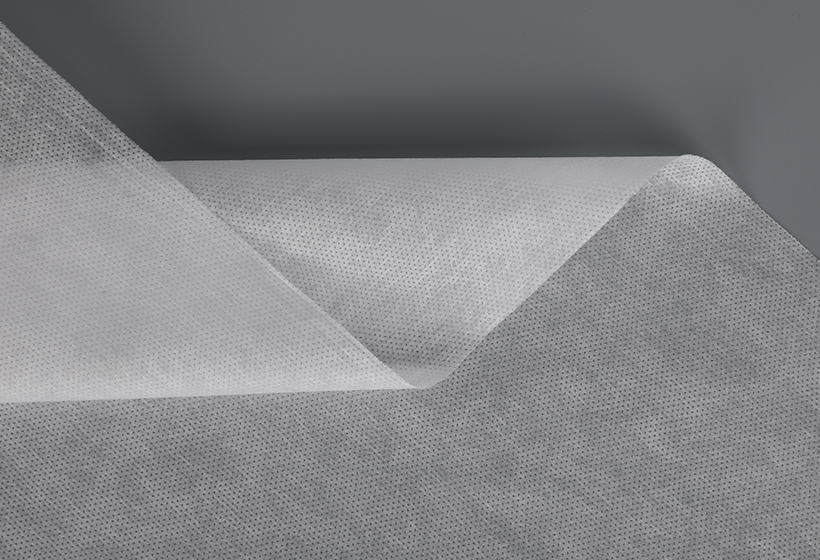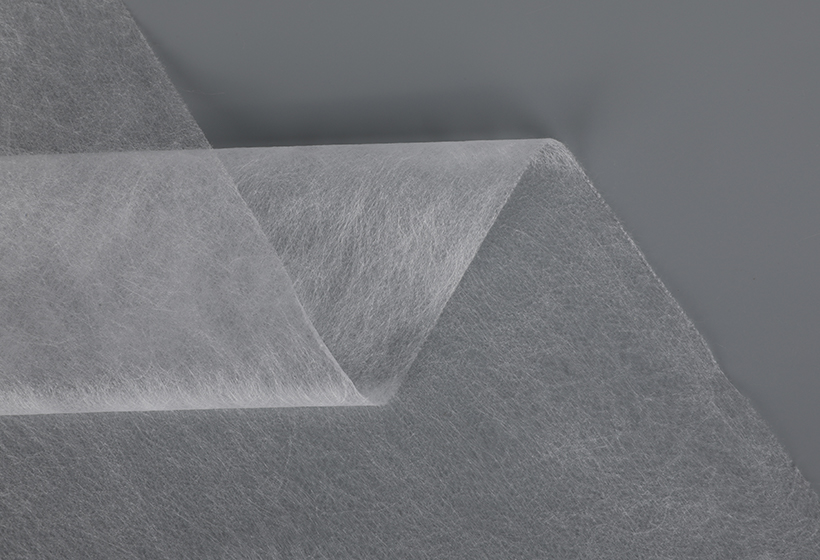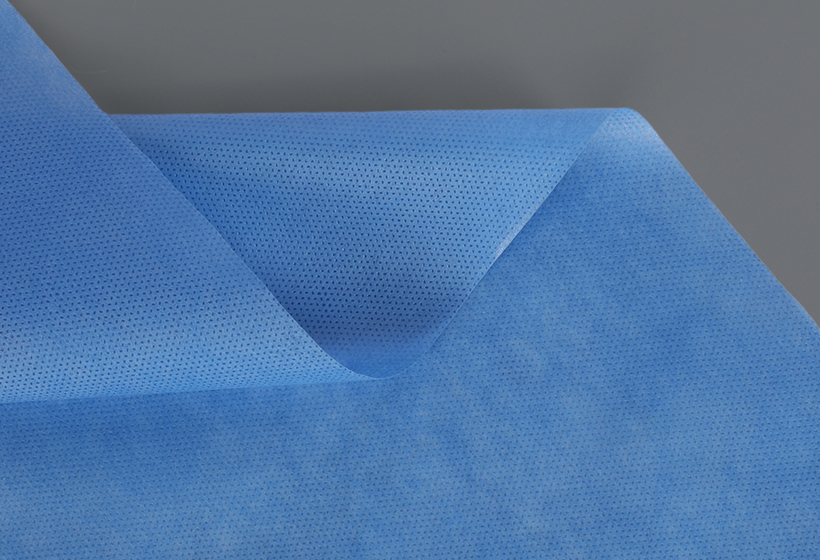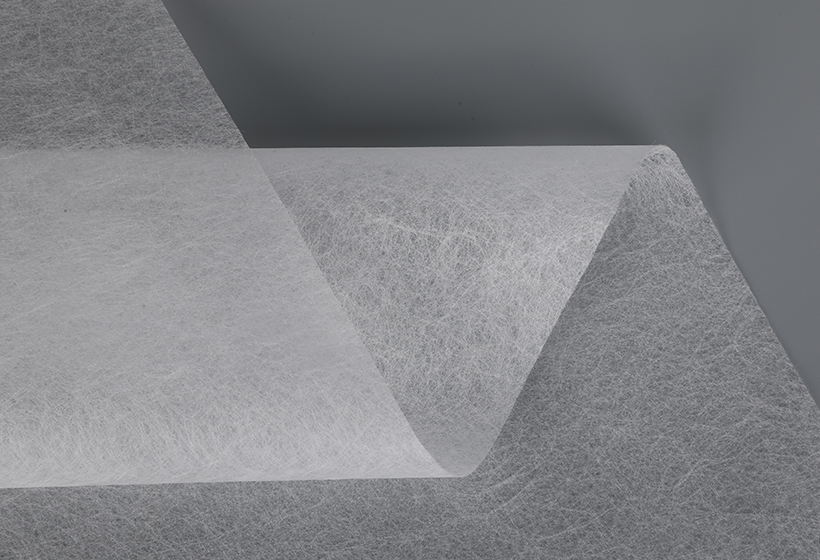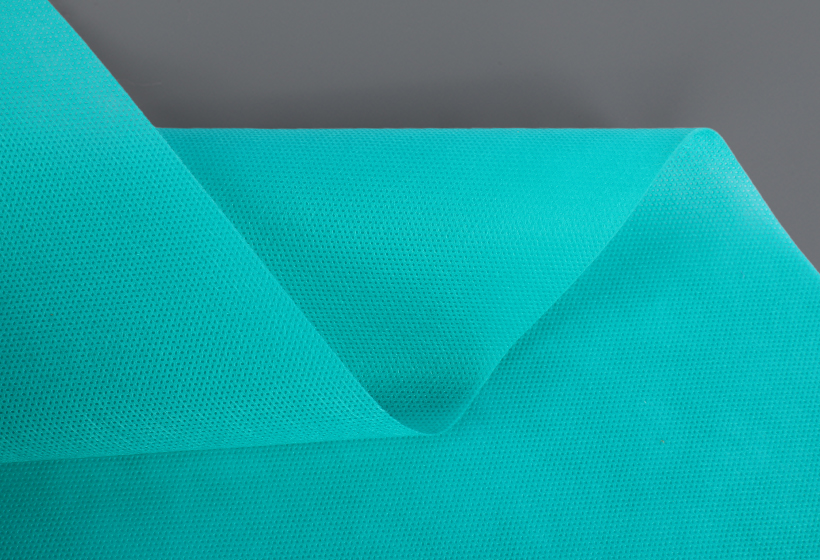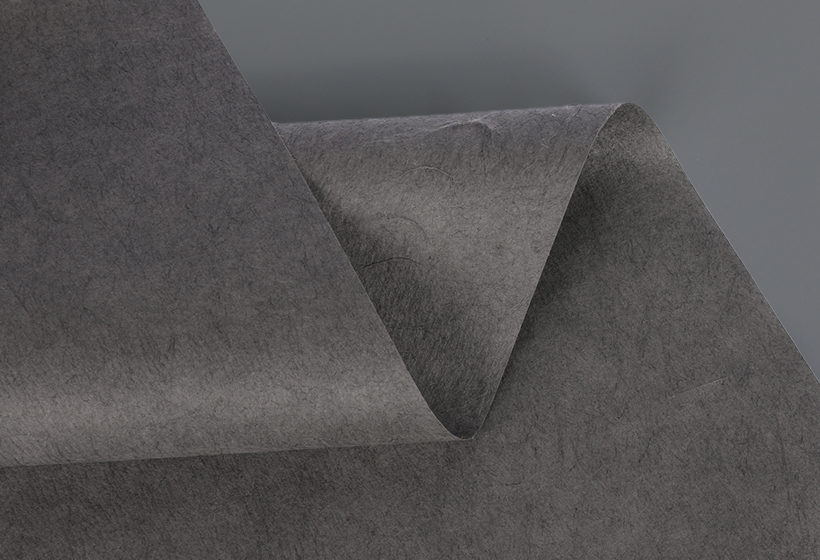The advantages of Bi-component Nonwoven Fabrics outweigh their disadvantages. These fabrics are easy to process and maintain. They are especially suited for applications where they need to remain odor and stain-free. Their thermal and hydrophilic properties help them repel water, thereby reducing the risk of bacterial contamination. The smoothness of these fabrics is comparable to silk. They are also used in feminine hygiene goods.
Unlike traditional woven fabrics, bi-component nonwovens are characterized by thin construction and anti-static capabilities. They can withstand the high temperatures of a dryer, while gradually disseminating special scents and softeners. Nonwovens are also used in medical facilities. Surgical gowns made of nonwoven materials are commonly worn by surgeons during long operations. They are also known for being sterile, a vital quality in any medical setting.
As a result of their high resilience and bulkiness, bi-component fibers are useful for bonding in nonwovens. These fibers are commonly used in manufacturing self-crimping yarns, segmented pie bicomponent yarns, and microdenier fabrics. Because of their higher strength and tensile strength, bi-component nonwovens can withstand a wide range of temperature and chemical conditions.
The advantages of nonwovens are obvious. The production process of nonwovens is faster and more economical, and this has been the primary driving force behind their development since the 1930s. Today, nonwovens are technologically driven and highly versatile. There is an extensive literature on the subject.
Nonwoven fabric is typically made of fibres or filaments that are randomly attached to each other. The production process differs from traditional weaving and involves several methods, such as spinning, carding, and air laying. Thermal bonding and chemical binding are other common methods of web formation. For instance, some nonwoven fabric manufacturers use a special process called "spunlacing" to adhere the fibres together. These techniques are effective for achieving the desired fiber orientation in a nonwoven fabric.
Poly(hexamethylene terephthalate (PHT) is a high-quality aromatic polyester with a low melting point of 140 degC. Unlike other nonwoven materials, PHT can be separated from its polymerization grade. These advantages enable the production of sustainable nonwovens in the circular process. These products can be reusable and recycled. These fabrics are available in a wide range of applications, including sanitary napkins, towels, and paper.



 English
English Español
Español
